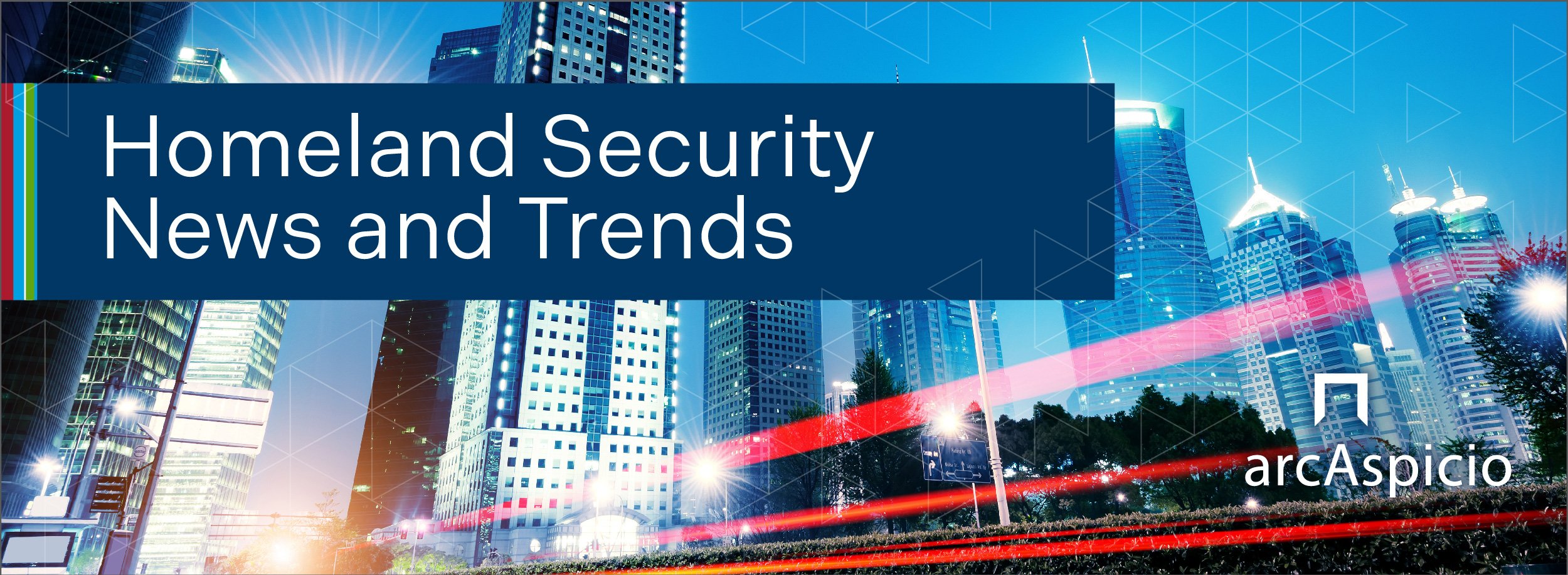
Advancing Diversity, Equity, and Inclusion with Behavioral Science
As leaders prioritize to advance diversity, equity, and inclusion, there has been a rush to put programs into place. Behavioral science has been around for 70 years, yet it is underused to promote advancement in this area.
Behavioral science interventions often promote good ideas and the practice of beneficial habits such as investing and healthy living. These are proven to be highly effective, and even simple, low-cost interventions can yield significant results.
The most common mistake organizations make in their effort to become more diverse, equitable, and inclusive is to rush in with ready-made programs and training which inadvertently increases workplace bias according to Diversity Jobs.
While many organizations may collectively face similar challenges, there is no one-size-fits-all solution. To make real and lasting change, organizations must take time to determine their desired outcomes and behaviors that are important for their specific needs. Using behavioral science insights and tools can help integrate best practices and test them, leading to more sure outcomes on implementation.
Understanding barriers to success is equally as important as incorporating proven best practices. For diversity, equity, and inclusion, consider these specific barriers:
Design Barriers – Design barriers can exist in organizational frameworks developed and created without diverse input. In what ways are existing processes, procedures, and communications exclusive or preferential?
Social Barriers – Social barriers refer to differences and inequalities experienced by different members of society. What biases and social prejudices may be influencing existing organizational processes, procedures, and/or communications? How could these barriers impede innovation and collaboration in teams?
Individual Barriers – Individual barriers are experiences, emotions, and attitudes that hinder a person’s ability to achieve or meet a new standard. Where is there too much or not enough responsibility on the individual? Is there choice overload or opportunity ambiguity?
Change can be hard but seeing what needs to change can sometimes be even harder. To maximize success, invite all employees to share their observations and experiences. Make the decision to identify the barriers in your organization and involve a diverse set of perspectives while developing the insights and selected and tailored interventions that can produce the best results.
Behavioral science not only produces effective solutions, but also routinely measures and evaluates results and encourages organizations to iterate and adjust over time. From this, organizations can actively and regularly take action and move forward towards creating a more inclusive and innovative work environment.





















